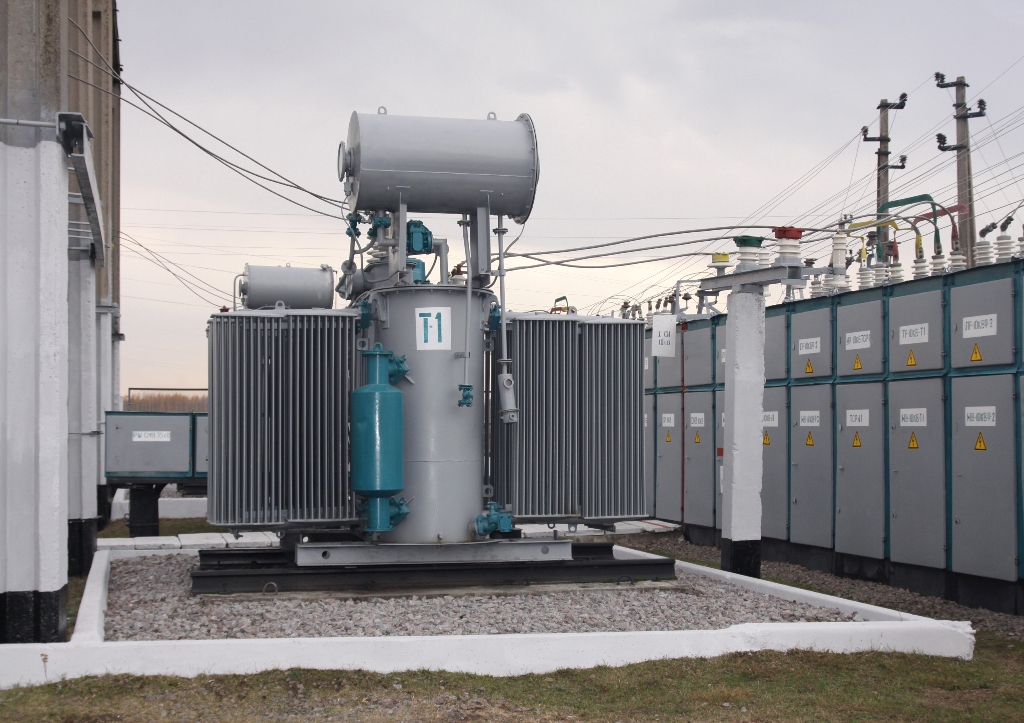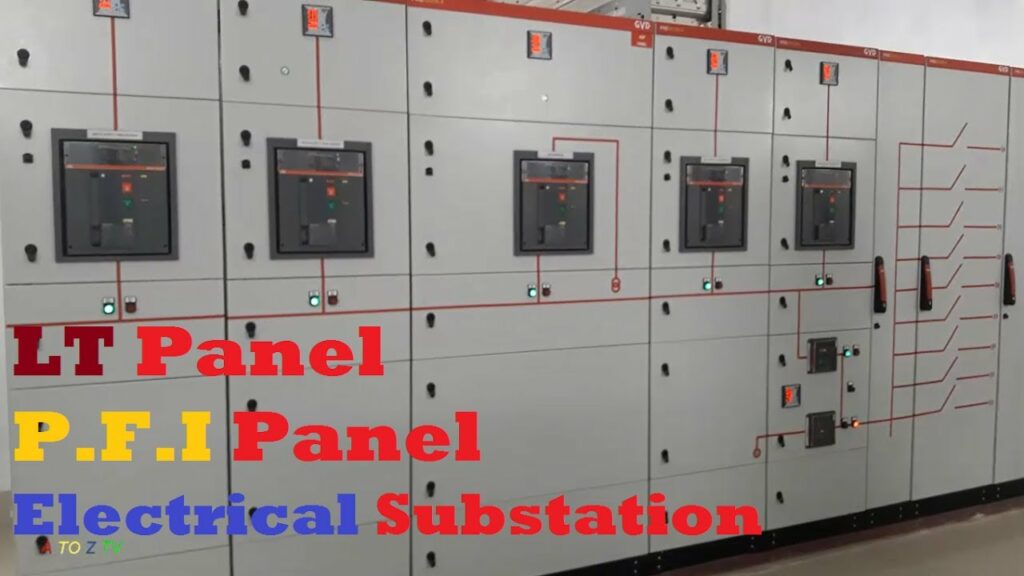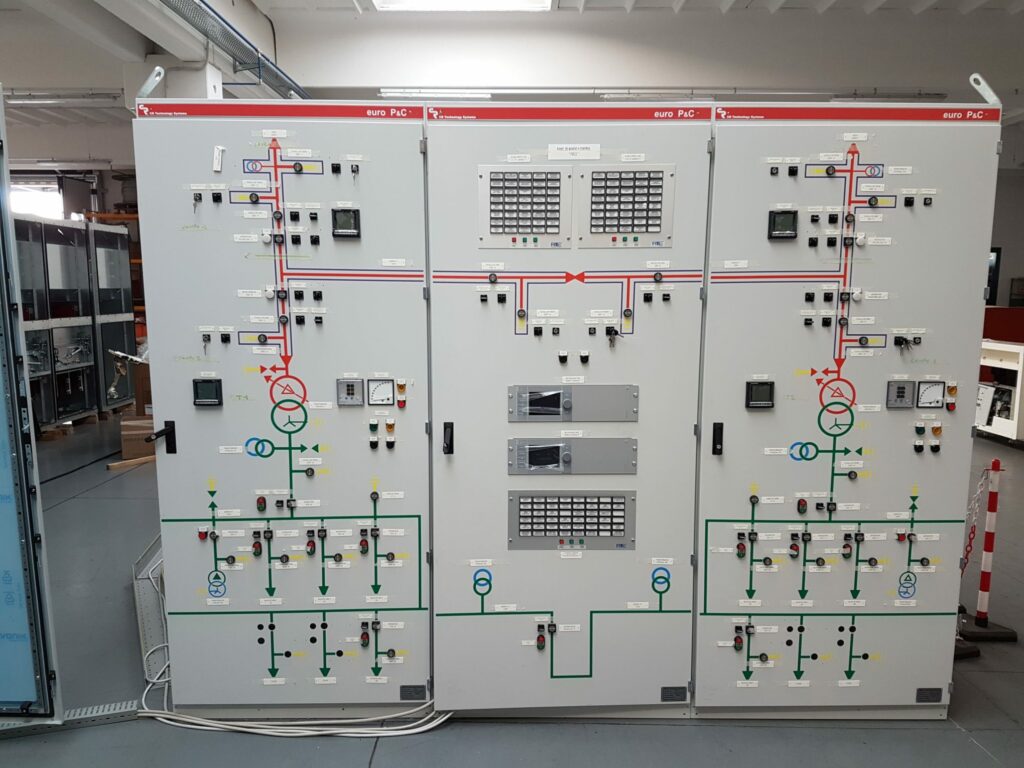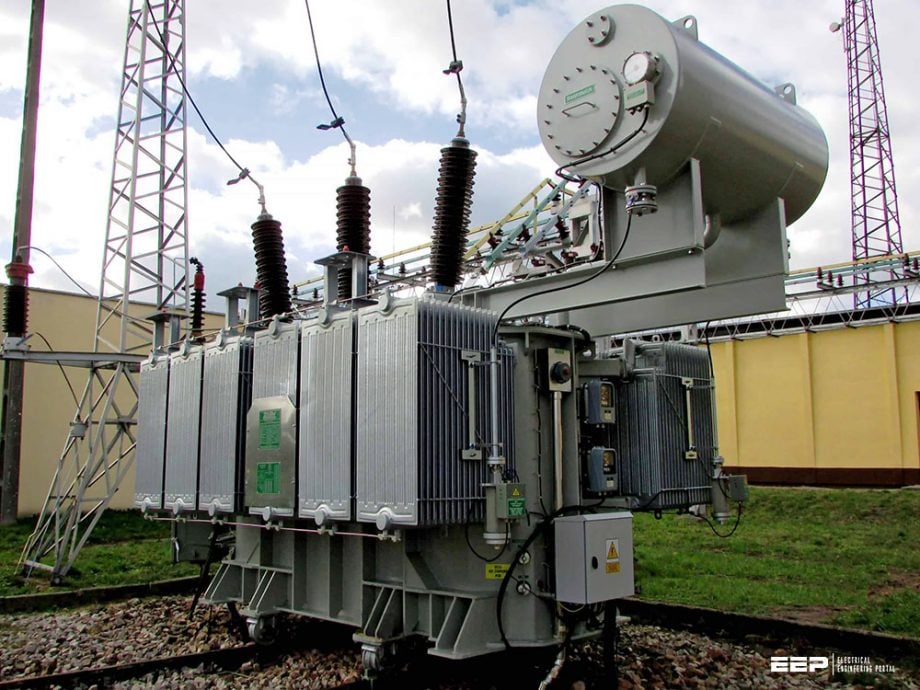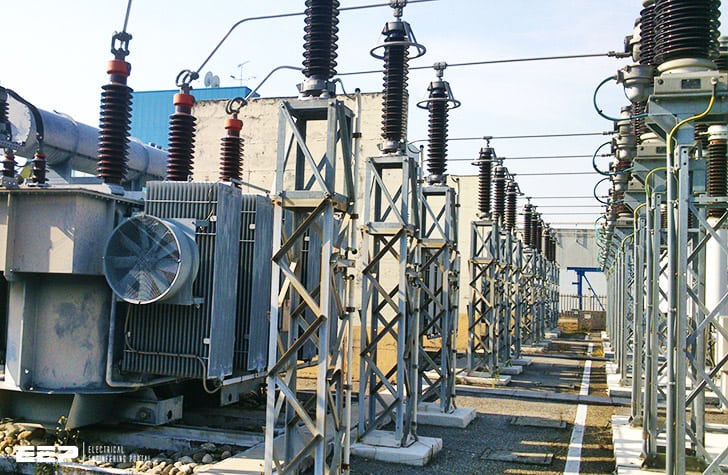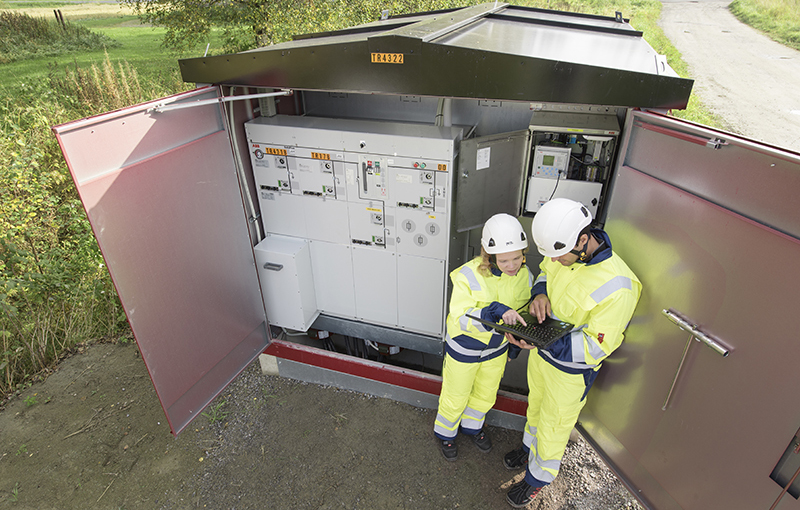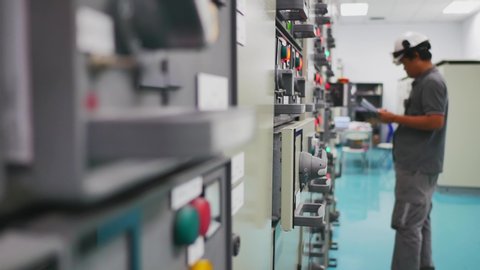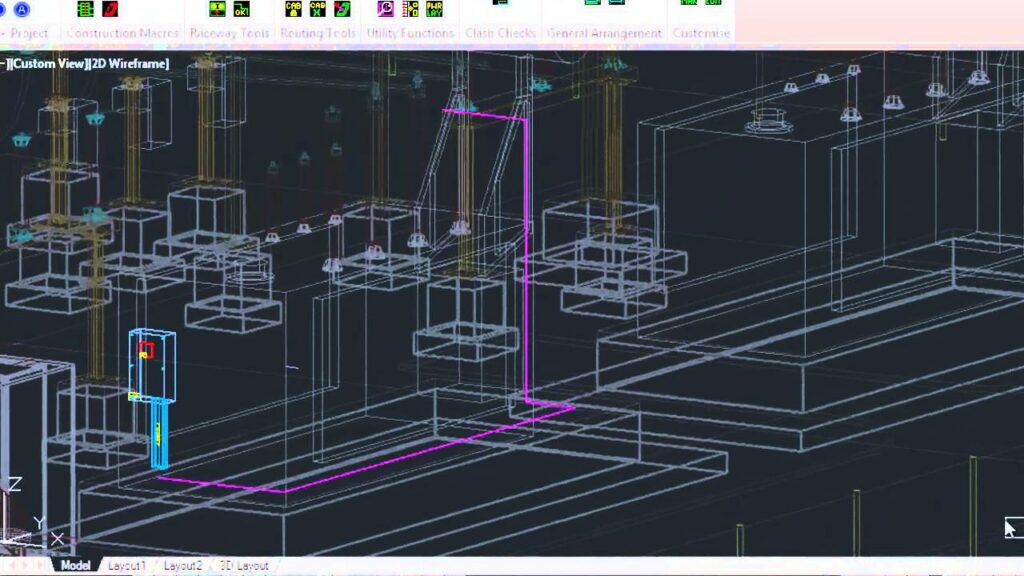What is Fucntion of Substation
A substation is a part of an electrical grid that transforms voltage from high to low, or the reverse, using transformer(s). A typical substation includes switchgear, busbars, and transformers. The main purpose of a substation is to switch electricity flowing through the power lines. A substation is an electrical installation that serves as a switchyard […]
What is Fucntion of Substation Read More »

